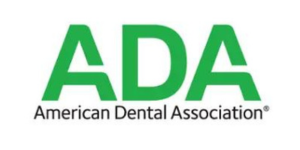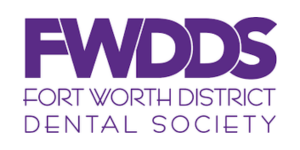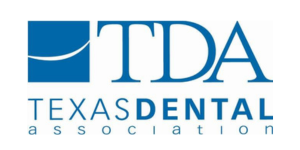Services
Dentistry Designed Just For You.
Your time and money are invaluable. So why waste it on reactive dentistry that will require recurring appointments to schedule restorative procedures that with undoubtedly cost more money? Start building your oral health foundation with preventative dentistry that delivers a healthy smile customized for you and your budget.
Living with sensitive teeth due to broken, fractured, chipped, or decayed teeth isn’t fair. It’s time to have a better smile, better health, and a better life with a restored smile. Patients just like you have been restoring their smile and restoring their joy with our restorative dental services.
Tired of your crooked teeth? Annoyed that you’re constantly hiding your smile? We don’t blame you. Life is too short to be ashamed of your smile. Unlock your potential, increase your success, and restore your confidence with orthodontics.
For Over 20-Years Our Family Owned & Operated Dental Practice Has Served The Residence of Keller, Texas & Surrounding Area.

Rated 5-Stars by 450+ Clients on Google




